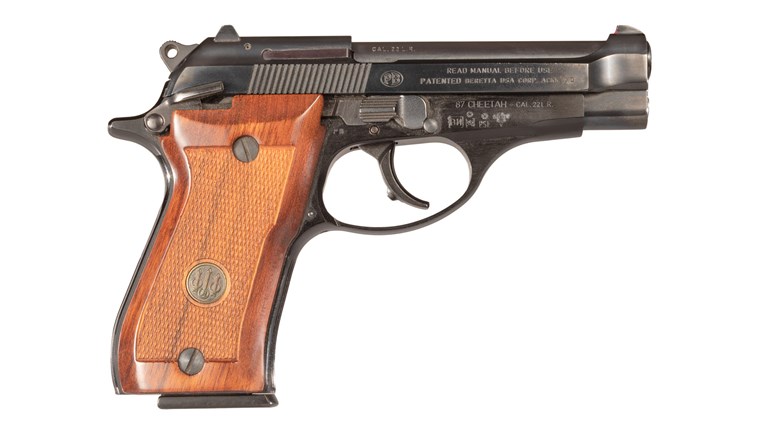
The Problem
You have made use of red-dot sights on your competitive guns and find them to be an advantage when shooting steel and paper targets. There have been pluses and minuses with size and brightness of the dots as well as their durability, making consideration up until now for everyday carry a definite no. It seems that durability along with co-witnessing backup sights help your concerns with the failure factor, but sometimes you have a hard time finding the dot in bright light. You hate to admit it, but your eyes aren’t what they used to be and the dots—especially when turned up to the brighter levels—do not appear round; they look like more of a smear instead of a dot. Your interest is what considerations, especially in dot size, should be given when considering a red-dot sight for an everyday carry (EDC) gun.
The Solution
There are a multitude of opinions concerning red-dot sights. The important thing to remember is the primary application for the sight on the platform upon which it is mounted.
In the application of everyday carry, it should be understood there are different situations that must be considered as opposed to shooting at the range or even in competition.
Historically speaking, statistics tell us that a majority of lethal force encounters take place as short time duration, close proximity events in less-than-ideal lighting conditions. Of course, avoidance is the best option if at all possible, but preparation is a better option when choices are at a minimum.
For EDC, a larger dot of 6, 8 or even 10 MOA in diameter will serve your purposes much better than the currently popular smaller dots of 1, 2 or 3 MOA. The reasons are almost infinite, but some more obvious than others.
Assuming time is of the essence when engaging an adversary with your EDC pistol, the speed with which the red dot can be located and superimposed over the target is of supreme importance. The bigger the dot, the easier it is to find and direct to the target. Some may argue that a big dot is not as accurate as a small dot, therefore might not be as effective because it covers too much of the target. Let’s stop and examine that thinking by doing a little math.
A 10-MOA dot covers roughly a 10-inch diameter area at 100 yards. That subtends down to 5 inches at 50 yards, 2.5 inches at 25 yards and 1 inch at 10 yards.
I won’t judge another person’s shot-delivery capabilities under the stress of a life-or-death situation, but it would seem that a 10-MOA dot would be sufficient when considering the statistical data of the encounter being in close proximity. For the average citizen, my definition of close proximity can be thought of as the inability to escape the situation, making the use of a deadly weapon the only available choice to prevent grave bodily harm or death. This is not legal advice, just my perspective. Keep in mind that time and distance almost always have an impact on one another during a dynamic event.
In changing light conditions, brightness and size of the dot have different effects on the ease of use. In order for red dots of smaller size to be seen in normal daylight or brighter conditions, their level of brightness has to be increased to a level that causes flaring or distortion of the dot when transitioning to diminished light. Larger red dots are more easily seen without the effects of distortion under varying light conditions, and in some cases can be transparent to allow an enhanced sight picture.
When you consider how the EDC gun is used defensively, the brain and eye are trying to glean every bit of information possible to respond to the conditions presented. It is likely the eyes are focused on the threat. When justified to engage the threat, it is much easier to superimpose the larger dot over the target and operate the trigger than it is to align the sights or find a smaller dot.
Larger dots make a lot of sense for defensive-carry purposes, especially for shooters with aging eyes.




































